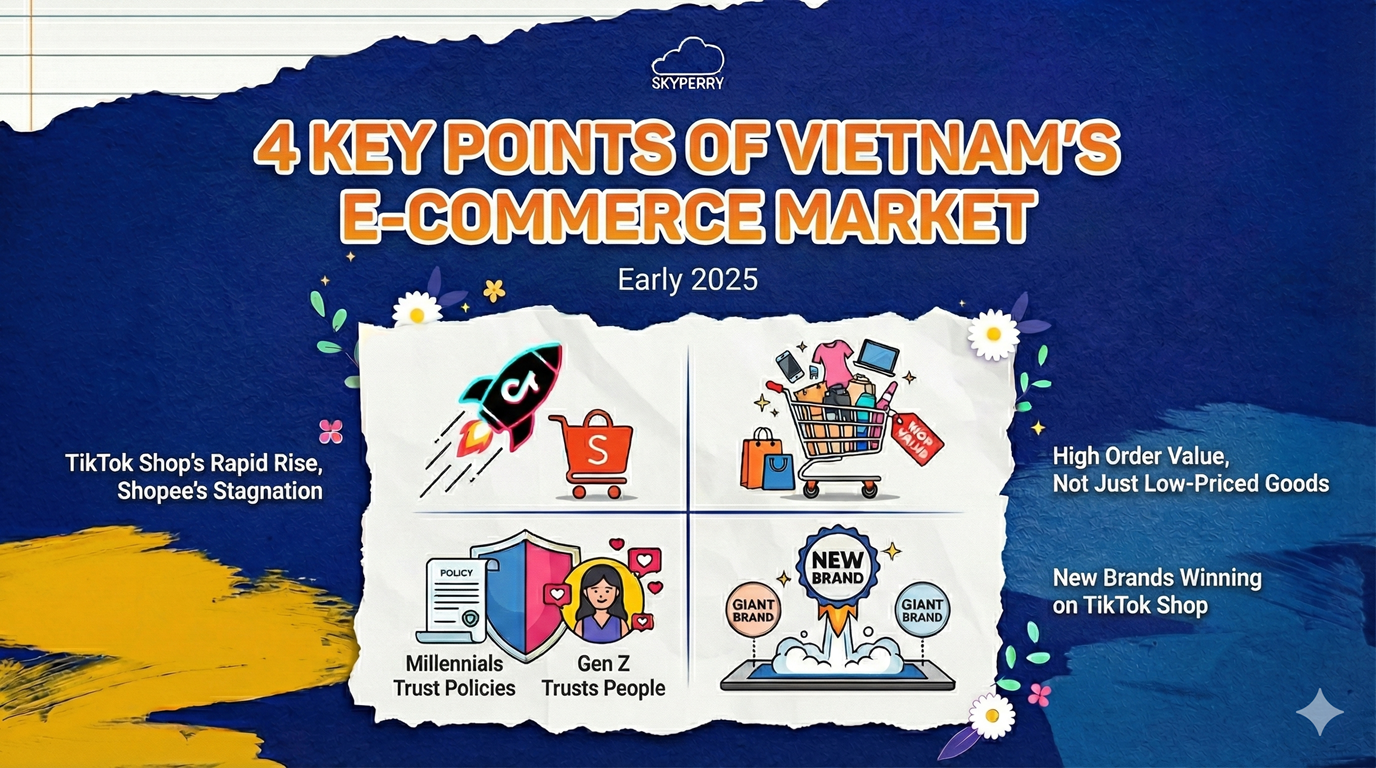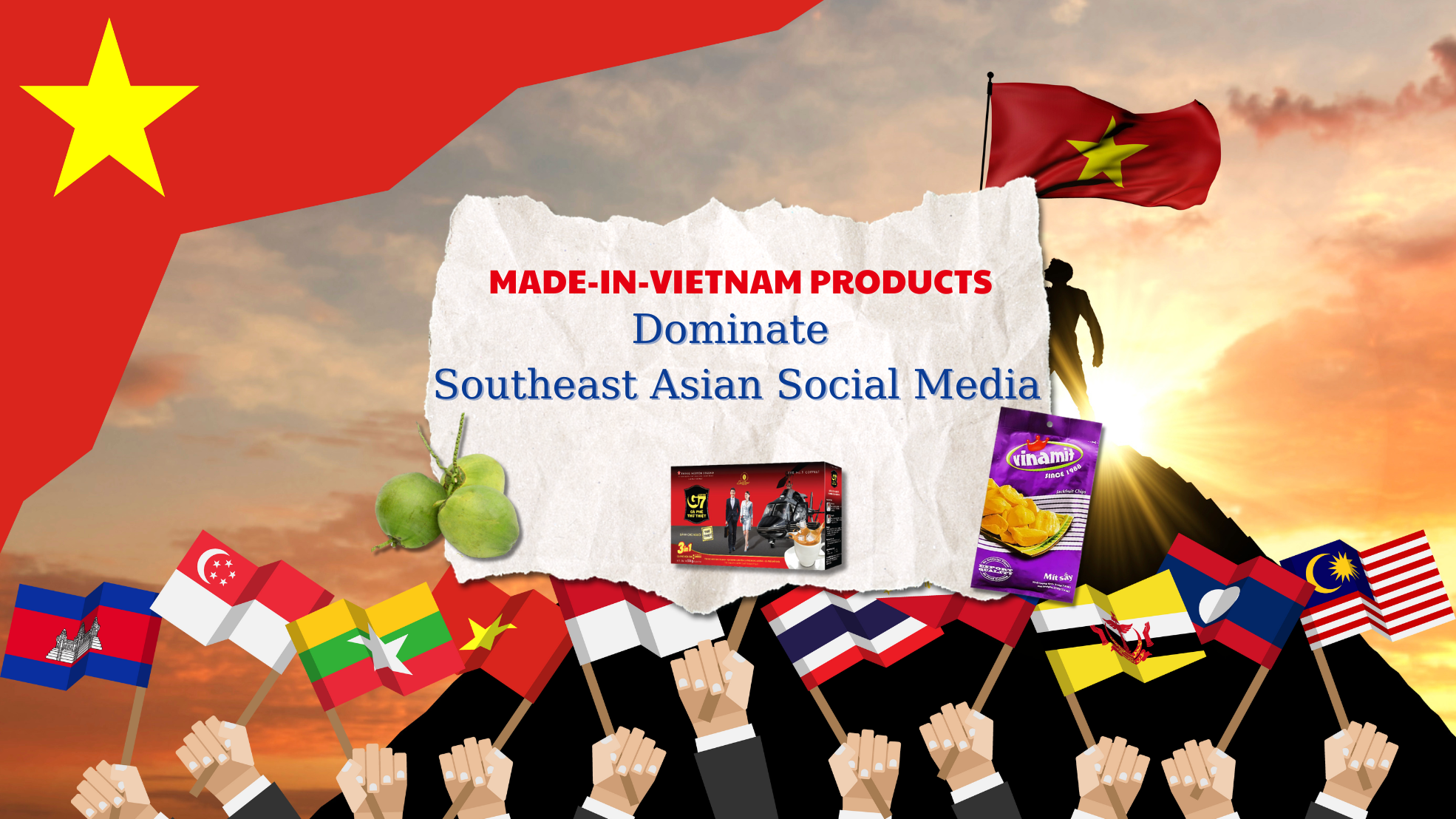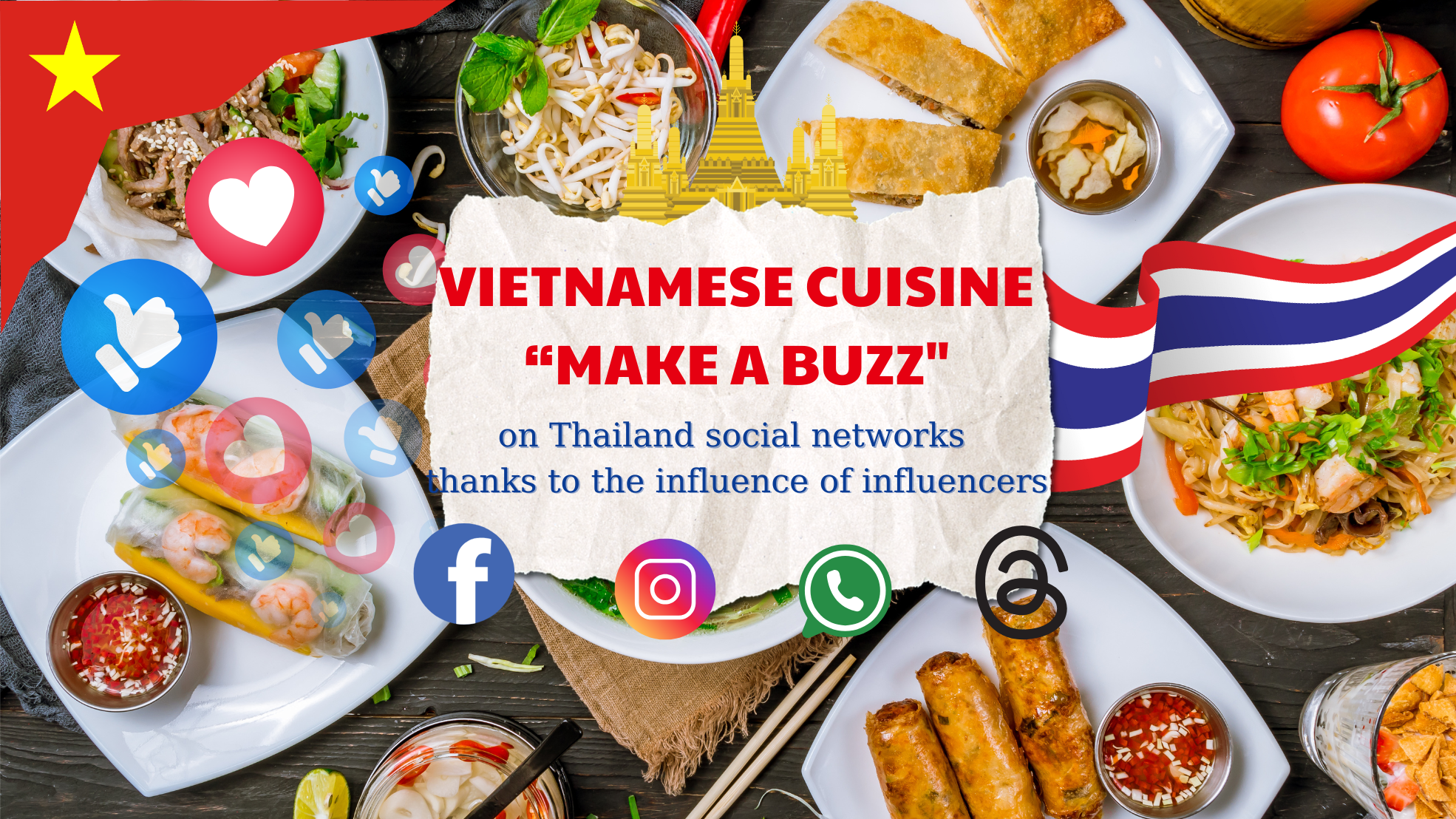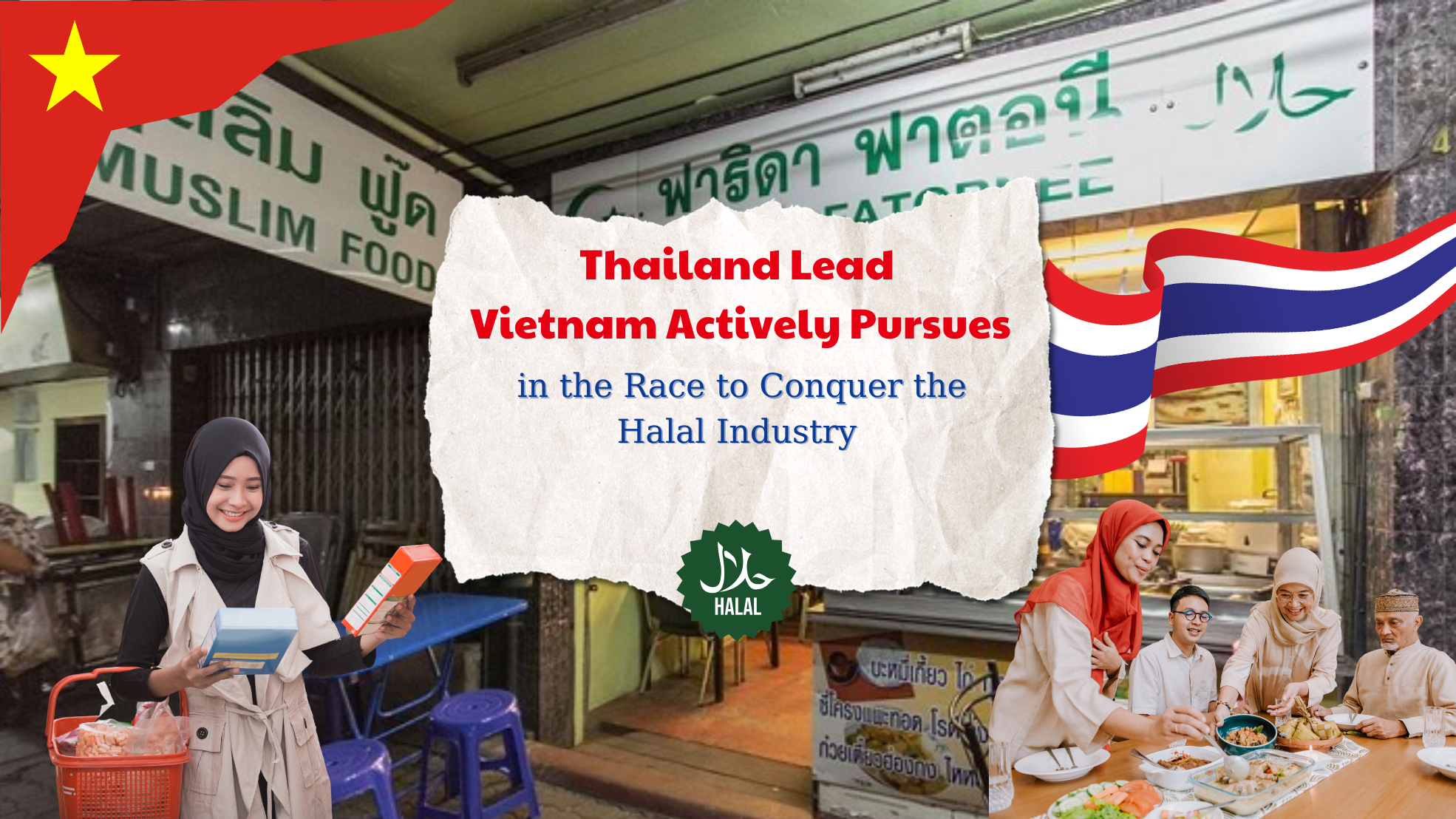Complex Geography
Indonesia is an archipelago comprising numerous large and small islands. Its geography and climate significantly shape the people, culture, and cuisine of the region. The country’s geographical position also renders logistics costly and challenging. Vietnamese brands should take note of logistics expenses when calculating product costs for end consumers.
The complex geography creates stark contrasts between the eastern and western coasts of Java, Indonesia’s largest island and its developmental hub. On the western coast, the sprawling, densely populated capital of Jakarta remains the urban epicenter. Conversely, many technology giants are opting to establish offices in smaller eastern cities to leverage affordable labor. This trend not only taps into a fresh workforce but also drives economic growth in the east—traditionally known for its serene natural landscapes and agriculture-based economy.
Given Indonesia’s vast expanse, businesses must recognize geographical disparities and gain a deep understanding of local geography and culture to tailor product strategies. Brands should select a promising region as a starting point and develop products aligned with the local geography and consumer culture, rather than introducing offerings without accounting for these regional differences.
Islam’s Profound Influence on Cuisine, Fashion, and Lifestyle
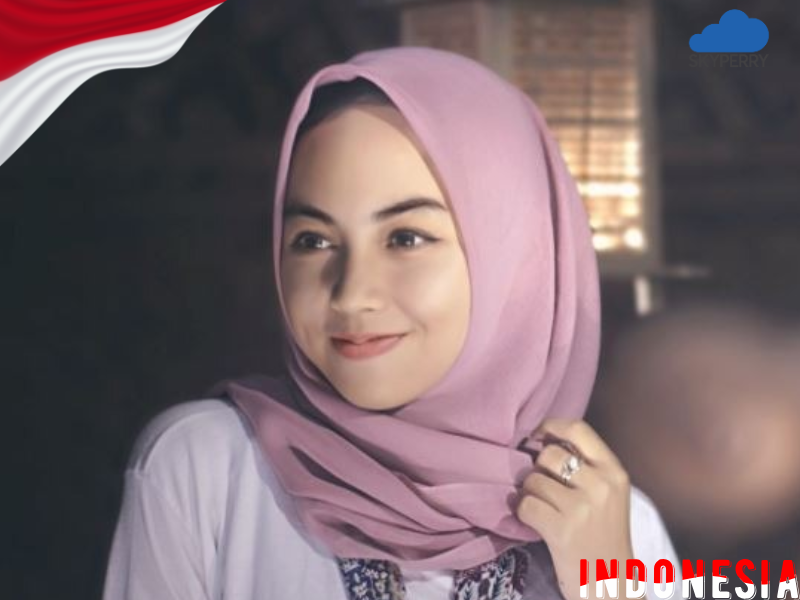
Indonesia boasts a predominantly Muslim population, characterized by friendly people who adhere strictly to Islamic principles. Young Muslim women dress modestly yet stylishly, embracing vibrant makeup as a daily ritual. Luxurious silk hijabs with elegant designs enhance their fashionable appearance. Indonesian Muslim women seek creatively designed hijabs—featuring diverse styles, materials, and colors—to express individuality. They also favor modest yet trendy clothing made from premium, breathable fabrics suited to the local climate. This presents a significant opportunity for Vietnamese fashion brands, particularly those excelling in high-quality materials like silk at reasonable prices.
Vietnamese brands could study premium Islamic fashion labels to better understand market preferences, such as LAFIYE, a trendsetter in this space. Visit their website for insights: https://www.lafiye.com/
Consumption Patterns by Income Segments
Jakarta, the capital, starkly reflects Indonesia’s wealth disparity. Shabby homes in narrow alleys sit in the shadow of gleaming skyscrapers. Consumption here splits into two distinct segments: inexpensive, rustic street vendors or polished, hygienic eateries charging two to three times more.
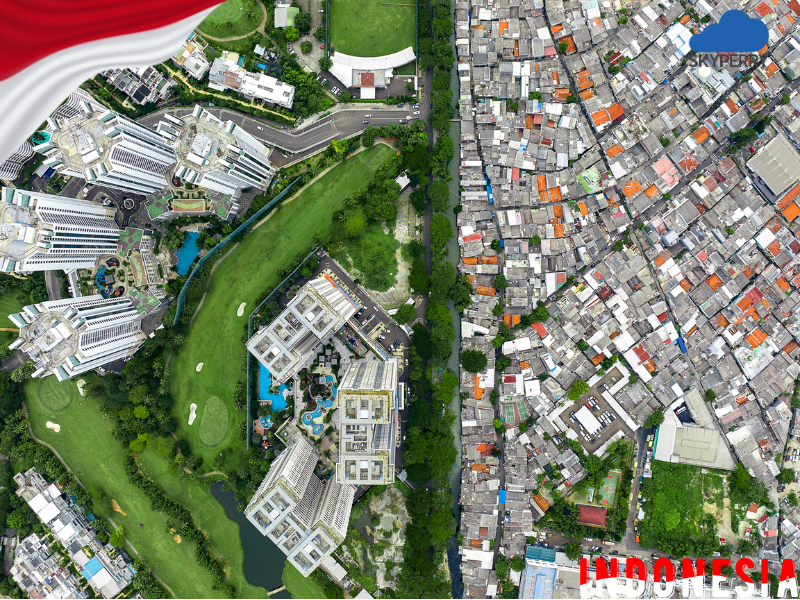
On Jakarta’s sweltering streets, affordable refreshment is in high demand among working-class individuals. Beverages, typically powdered mixes costing 5-9 rupiah (7,000-15,000 VND), dominate the market. Unlike Vietnam, fresh-ingredient drinks are scarce, likely due to the high cost of fresh produce, which doesn’t align with the budgets of low-income workers. Packaged drinks, popular in Vietnam, are less favored here, as fresh options are typically available at reasonable prices.
In contrast, at upscale malls like Grand Indonesia, affluent Muslim women—fresh from shopping sprees with VIP loyalty cards—are a common sight. South Jakarta’s main roads are lined with sprawling shopping centers, signaling the rise of a middle class exceeding 50 million people. This demographic embraces healthy living trends, favoring wellness-focused products—particularly high-quality, affordable options that Vietnamese producers can supply.
Consumption in Indonesia varies sharply by income level. Vietnamese businesses must identify their target market segment and tailor products to meet the specific needs of that group.
Vietnamese Cuisine Appeals to Indonesia’s Middle Class
As an archipelago, Indonesia’s natural conditions limit its agricultural output, falling short of domestic demand. This gap creates opportunities for Vietnam’s processed tropical agricultural products.
Indonesian cuisine tends to be saltier and more heavily spiced than Vietnamese food, with fewer vegetable accompaniments. Chicken is a staple. Yet, the expanding middle class is driving demand for healthy, fresh, and nutritious options. Vietnamese cuisine, positioned as a health-conscious choice in Indonesia, is well-placed to capitalize on this trend. Products like beverages (tea, coffee), instant noodles, and packaged foods enjoy low or zero import tariffs, facilitating market entry.
However, Vietnamese food brands must secure Halal certification and adjust salt levels to penetrate this market effectively.
Leveraging E-Commerce Channels for Market Entry
Indonesia boasts a vast network of KOLs and content creators spanning diverse industries and niches, laying the groundwork for a social commerce boom. Capitalizing on this trend and Indonesia’s robust KOL ecosystem, SKYPERRY’s SEAcommerce program enables Vietnamese products to reach Indonesian end consumers seamlessly. The initiative offers an integrated service ecosystem—from comprehensive marketing and import-export logistics to building KOL-driven sales networks and local order fulfillment—ensuring swift delivery to customers.
Please contact us for more detailed information about the program at
